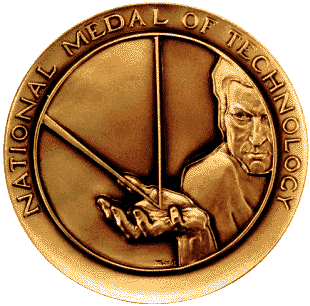
When you look at an elephant and a banana side by side, it's obvious that one is an animal, and one is a plant- and you're unlikely to be able to kill the elephant with a schpritz of "roundup".
When you look at unicellular organisms however, it's hard to tell. Presumably, if there are chloroplasts present - it's a plant. If not, it's an animal.
Chloroplasts started off life as free living cyanobacteria-like bugs. In a warm tidal pool a few billion years ago, one was gobbled up by a host "plant" cell. These chloroplasts were not digested, but continued live and reproduce inside the original cell- forming the first eukaryotic algae.
As it happens, the bug that causes Malaria -Plasmodium- contains a broken down old chloroplast (an Apicoplast) that doesn't do any photosynthesizing. (Not much sunlight inside a mosquito or a human red blood corpuscle).
The Apicoplast is however, needed for the parasite to invade new cells. Even more fascinating- common herbicides that are generally pretty non-toxic to humans seem to stop the Apicoplast from working.
Given that Malaria kills a few million African kids per year- a little bit of herbicide might do a lot of good.
















No comments:
Post a Comment
Whaddaya think?